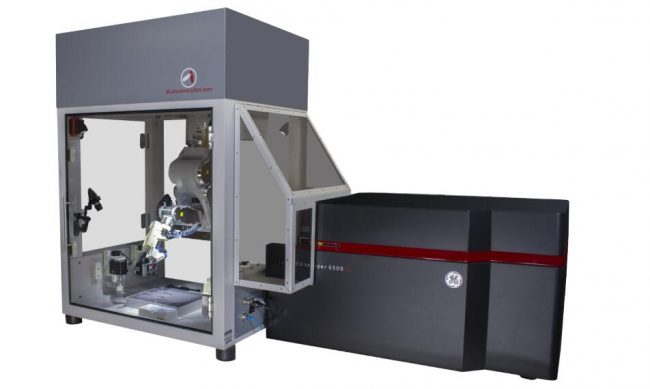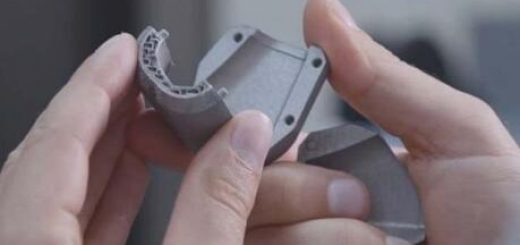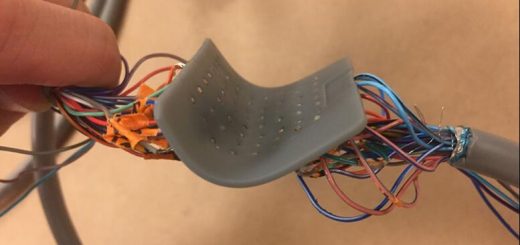GE Healthcare Life Sciences pairs up with Advanced Solutions Life Sciences to create new opportunities for regenerative tissue manufacturing
GE Healthcare Life Sciences and Advanced Solutions Life Sciences (ASLS) will enter into a strategic R&D and distribution partnership that sets out to personalize tissue regeneration. The integration of IN Cell Analyzer and BioAssemblyBot® systems technologies will embed cellular-level assessments into the 3D-bioprinting workflow used to create human tissue models.

The world’s first integrated 3D bioprinter + confocal scanner (BioAssemblyBot + GE IN Cell Analyzer 6500 HS) (Photo: Business Wire)
Bioprinted tissues are small in size and die quickly, due to an inability to engineer small blood vessels – the body’s supply network. ASLS’ patented Angiomics® technology enables bioprinted microvessels to self-assemble into functional capillary beds, which deliver nutrients, oxygen, and hormones to the 3D tissue model and remove waste. This partnership would allow life scientists and tissue engineers to quickly design, build and image living, vascularized 3D tissues in a single, agile process.
 Integrated biofabrication system used to produce and scan thick, vascularized 3D liver tissue models (Photo: Business Wire)
Integrated biofabrication system used to produce and scan thick, vascularized 3D liver tissue models (Photo: Business Wire)
Emmanuel Abate, General Manager of Genomics & Cellular Research, GE Healthcare Life Sciences, says: “Printing multi-material 3D objects inside of microwell plates allows scientists to efficiently move away from traditional 2D monocultures on plastic, to 3D discovery and cytotoxicity models that more accurately reflect native biology and disease. By combining this flexibility and precision of the BioAssemblyBot® with the image quality and speed of the IN Cell Analyzer 6500 HS confocal screening platform, the prospect of automating high content screening in 3D models can become a reality.”
Currently, biopharmaceutical companies test their drugs in 2D models and animal models. Precise 3D models provide a more physiologically relevant environment for drug testing because they mimic human reactions.
“The power of both of these platforms brings a new level of efficiency, speed and quality with assay designs and 3D biofabrication,” says Michael Golway, President & CEO of ASLS.
Traditional 3D bioprinters are not designed for quality or interoperability with the high-throughput screening methods that pharmaceutical developers use to identify drug candidates. This alliance will result in a new product to address this challenge: an integration of GE Healthcare Life Sciences’ IN Cell Analyzer confocal imaging platform with IN Carta cell analysis software, and ASLS’ BioAssemblyBot® 3D bioprinter with TSIM® design software.
For pharmaceutical companies, where the average time to develop a new drug candidate may take over seven years, moving from traditional stage-gate testing processes to a lean, agile workcell for 3D tissue fabrication and assessments will shorten development timelines. The integration between IN Cell Analyzer and BioAssemblyBot® enables the automated inclusion of cellular imaging information into the tissue modeling process so that new therapies can be scaled more quickly and effectively.
Source: Business Wire




Recent Comments